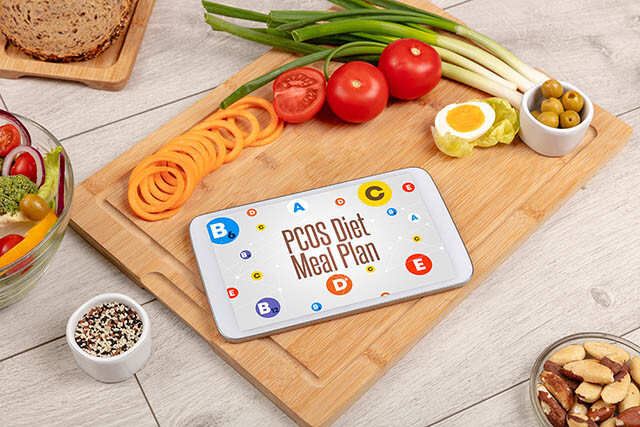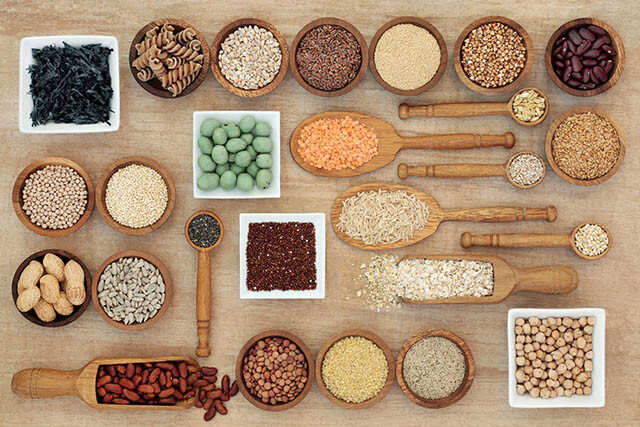Get a Healthy Heart with Yoga

29 September World Heart Health day but everyone known this. So love heart , love your self.
Heart diseases are at the peak during the present time. Most people suffer from high blood pressure and high cholesterol. Along with these smoking habits also causes heart disease. Increased cholesterol and blood pressure levels result from anxiety, stress, poor diet and lack of physical activity. Experts say that healthy eating, exercise and meditation are the best lifestyle choices to prevent and reverse heart diseases.
Yoga emphasises on breath, focus and meditation. Practicing yoga brings about a deeper awareness of the body, mind and emotions allowing you to become more tuned in with your physical and mental health. Yoga increases lung capacity and improves cardiovascular health, respiratory function and heart rate. It even builds muscle, boosts blood circulation, and decreases inflammation. So step onto your mat and try out these four poses that will help you to improve your heart health.

Padangusthasana: Big Toe Pose
This yoga pose helps to regulate blood pressure and ease stress and anxiety. You need to stand tall with your feet hip-width apart. Place your hands on the hips. Inhale and exhale folding forward to grab your big toes or hang forward to grab your opposite elbows. Draw your belly in and lift your sit bones towards the sky. Then activate your quadriceps and allow your neck and head to relax down. Bend your knees slightly if your hamstrings are tight and if flexible then draw your torso towards your legs. Hold this for 5 to 10 breath cycles.

Janu Sirsasana: Head-to-Knee Forward Bend
This pose reduces anxiety and fatigue and is therapeutic for high blood pressure. From a seated position extend your legs forward. Bend your right knee outwards to a 90-degree angle and press your right foot into the inner left thigh. Grab your left foot, inhale, square your hips, and lengthen your torso over your straight leg. Then exhale and fold forward slowly from the groin. Extend your spine and lengthen through your chest. Keep your back long and flat and pull your left toes back towards you and extend through the left heel while firmly pressing your right foot into the left thigh. Allow your sit bones to press down towards the floor. Stay in this position for 5 to 10 breath cycles and switch sides.

Supta Padangusthasana: Reclining Big Toe Pose
This asana is good for your heart as it helps to reduce high blood pressure. Lie on your back with your arms along the sides and extended legs activated. Rest your head on the floor, inhale, bend your right knee and clasp your right big toe with your right fingers. Then place your left hand on top of your upper left thigh to stabilise the left leg down. Actively reach through the pointed toes, exhale, and straighten your right leg as far as your flexibility allows you to go. Then inhale, lift your head up towards your right leg and keep the left leg down. Hold this for 5 breath cycles and switch sides.

Setu Bandha Sarvangasana: Bridge Pose
This yoga posture relieves stress, anxiety and fatigue. It also lowers high blood pressure. Lie down on your back and bend your knees with your feet on the floor hip-width apart. Bring your feet as close as possible to the sitting bones. Inhale and press your feet and arms actively into the floor. Then lift your hips up. Stay firm but don’t harden the glutes. Clasp your hands together and walk your shoulders down. Then press onto the floor with your feet and arms. Lift your chest, reach for the front of your legs and lift your pelvis towards the sky. Hold this for 5 breath cycles and repeat 2-3 times.
Weight loss, Health, Fitness and Child Nutrition Guidance visit Get to Fit.
Registration : Online Weight loss Coaching & Challenge
Related post : Why Exercise Important?












